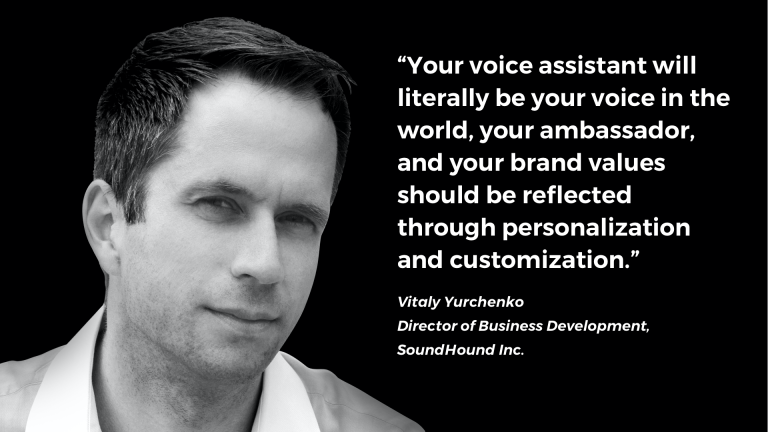You need to plan for multiple iterations and how you will fix the interactions that go wrong over time. In most cases, you will need to be doing AB testing constantly. There is no silver bullet in speech design and to be successful, you’ll need a plan that allocates resources and time to analyze data and keep iterating, with a long-term goal of continuously improving your voice experience.
4. Overcoming challenges and avoiding pitfalls
Brands developing a voice user interface for the first time have a tendency to unsuccessfully try and cover absolutely everything from a speech perspective. There’s also a tendency to design only for the ideal use case. The problem with this approach is that when people ask for exactly the things that you expect them to ask for, everything is fine. However, once users ask for something different, the system just falls apart.
To avoid this common mistake, design your voice assistant with these factors in mind:
- Determine all the many ways that a user can ask for things
- Understand how they might ask for things they don’t know about
- Prototype early
- Test with focus groups
- Design your solution with the user’s environment in mind
The context and environment of your users will be your North Star for developing your voice assistant. If your user is in the car, there will be road and wind noise—these are not the best conditions for high recognition accuracy. You need to be able to adjust for these conditions and build acoustic models based on the environment your users are most likely to be in.
5. Thinking globally about your voice assistant
If you are deploying globally, don’t forget to take into account the regional differences of your users, including different languages, cultures, accents, and the content sources that may be available. For example, a content source that is very popular in the U.S. might not make any sense in Europe. Beyond the language differences, you would most likely ask for things a bit differently in another culture too.
How we use addresses is a good example of a slight difference that would make a navigational domain developed for the U.S. market unsuitable for Germany. If I were in the U.S., I would say the number followed by the street name and then the city. In Germany, I would say the street name followed by house number. You have to take all of these things and more into account when you build your voice solution.
There are so many things to consider when you’re first setting out to implement a voice-first strategy that it can be very daunting. I think the most important thing is for brands to make sure they aren’t giving away their customer relationships or their ability to create really exceptional voice experiences. Make sure you’re delivering a voice experience that reflects your brand by partnering with an independent voice AI platform, and get the technology and expertise you need to quickly build a robust and engaging voice user interface.









